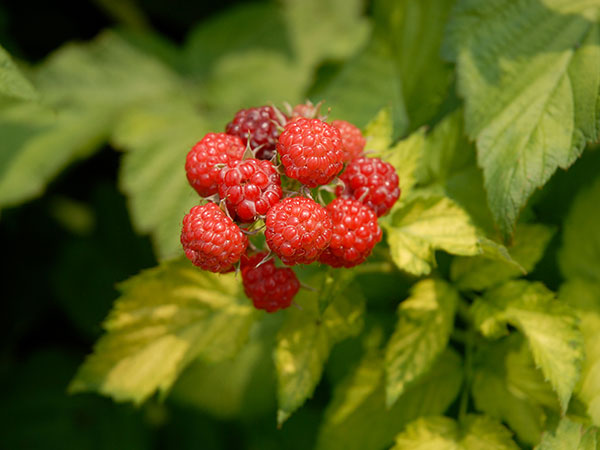
The next six weeks will provide an abundance of produce. Continue to harvest vegetables as they ripen. Warm-season crops like peppers and tomatoes must be picked as soon as possible. If an early frost threatens, cover these plants with baskets or light blankets. Refrigerating tomatoes causes them to lose their flavor. Store in a cool, 60- to 70-degree room for a few days.
Begin to harvest late-season squash and early pumpkins. Full-sized pumpkins need to remain on the vine as long as possible to achieve their maximum size.
Allow collards, kale, and Brussels sprouts to be hit with frost before harvesting. This improves their flavor.
Begin to harvest a second crop of any cool-season lettuces, spinach, peas, radishes, or chard that were planted in August.
Continue to snip herbs to use fresh, to dry, or to freeze. If herbs have gone to flower or seed, discontinue harvesting, since the flavor has then left the foliage.
Everbearing raspberry bushes will produce their fall crop on the top half of the canes. After harvest, prune out the top half of the plants. The lower half of the canes will produce fruit early next summer. After harvesting the summer crop, prune the canes to the ground.
Maintain good sanitation throughout the vegetable garden. Remove diseased plants immediately as well as those that have finished their growth cycle for the year. Compost only healthy plant material.

